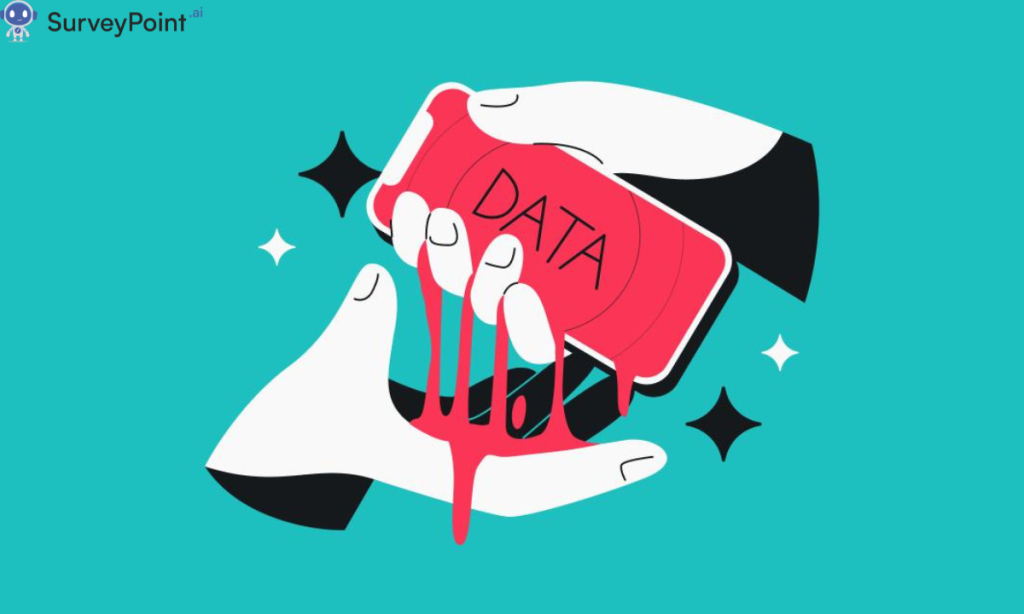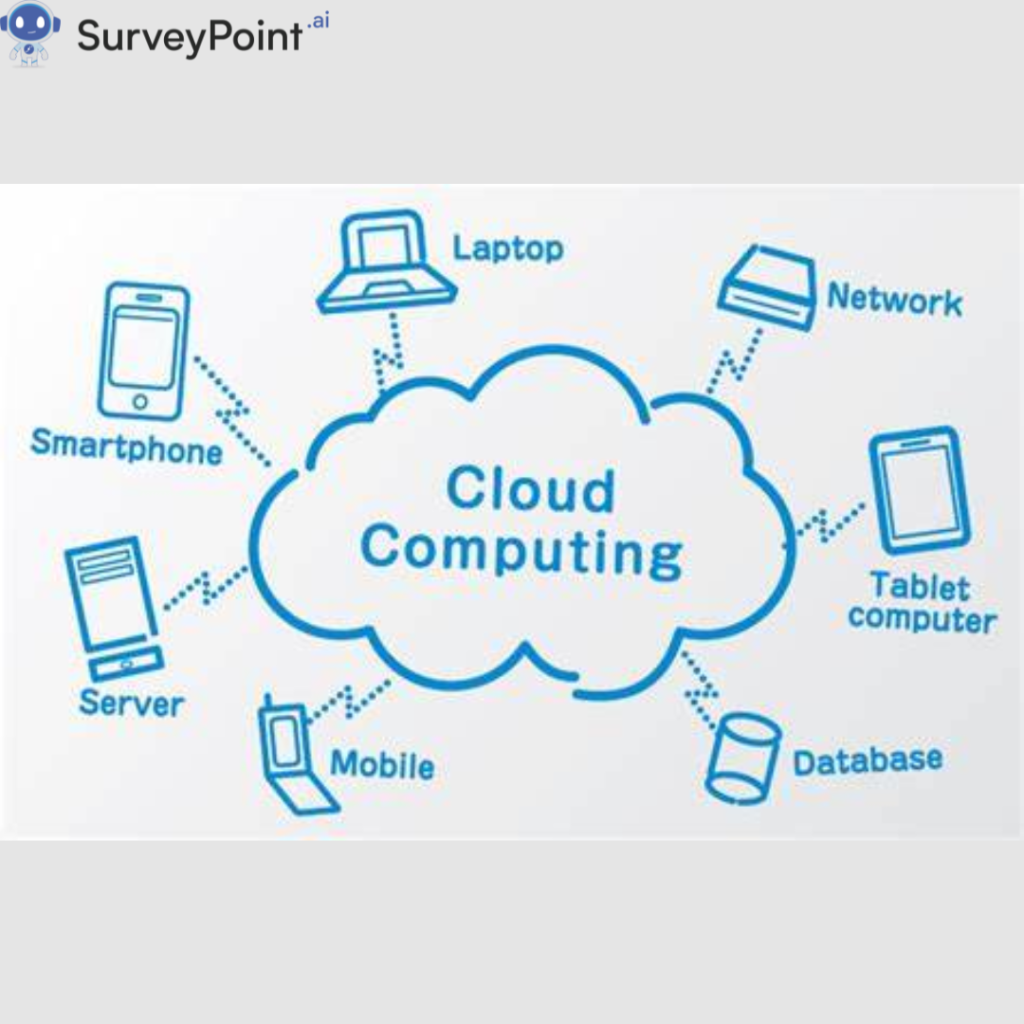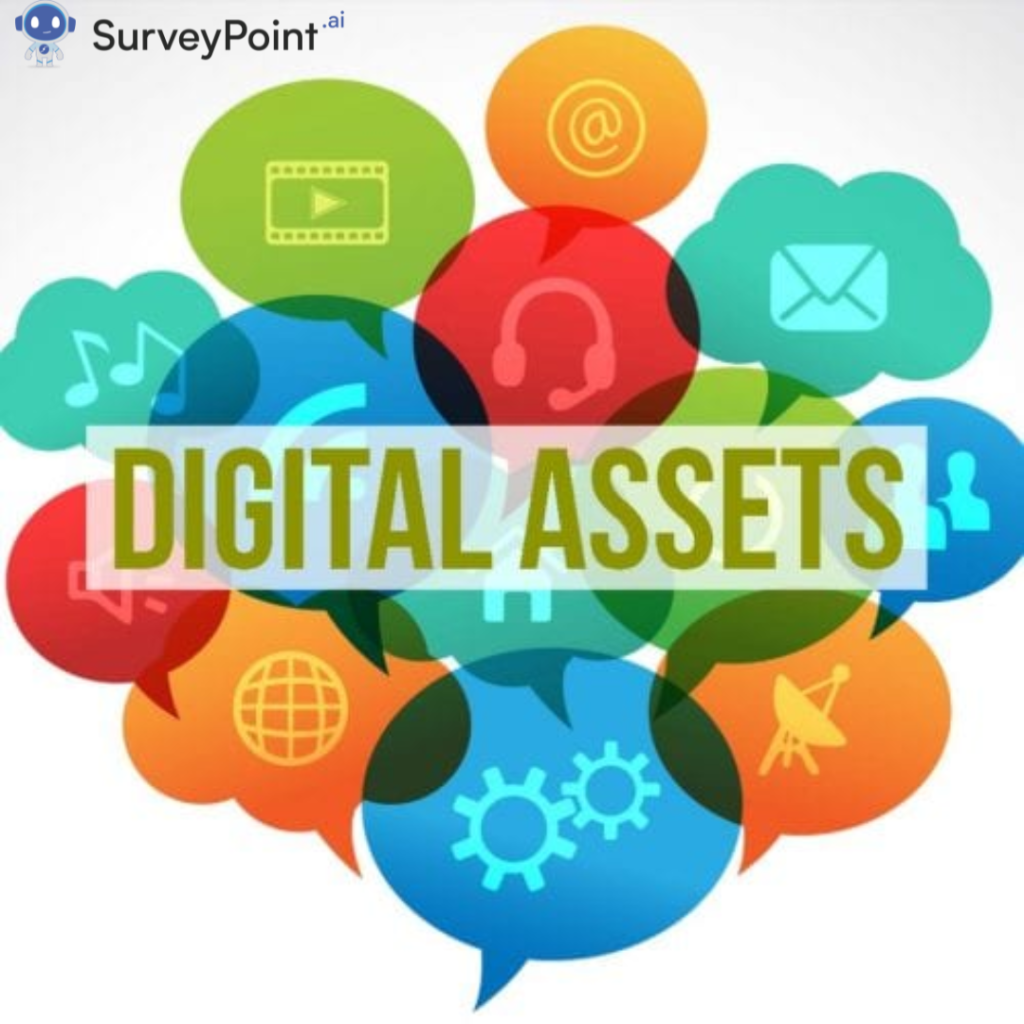
Introduction
In an era where data is often referred to as the new oil, the consequences of a data leak can be as catastrophic as a physical disaster. From personal information to corporate secrets, data breaches can lead to financial loss, reputational damage, and even legal repercussions. Understanding and preventing data leaks has become crucial for individuals and organizations alike. Welcome to the “Data Leak House” – a metaphorical guide to safeguarding your digital home.
What is a Data Leak?
A data leak occurs when sensitive, confidential, or protected information is unintentionally exposed to unauthorized individuals. Unlike a data breach, which usually involves an attack or unauthorized access, a data leak often results from internal errors, negligence, or insufficient security measures.
Common Causes of Data Leaks
- Human Error: Mistakes such as sending emails to the wrong recipients, misconfiguring databases, or inadvertently sharing sensitive documents can lead to data leaks.
- Weak Security Practices: Using weak passwords, failing to update software, and lack of encryption can create vulnerabilities that result in data leaks.
- Insider Threats: Employees or contractors with access to sensitive data may intentionally or unintentionally leak information.
- Third-Party Vendors: Partners or vendors with inadequate security measures can be a weak link, leading to data exposure.
- Phishing Attacks: Falling victim to phishing scams can compromise login credentials and other sensitive information.
Protecting Your Digital Home
Just as you would take measures to secure your physical house, protecting your digital data requires vigilance and proactive steps. Here are some key strategies to safeguard your digital home:
1. Implement Strong Security Policies
- Use Strong, Unique Passwords: Ensure all accounts have strong, unique passwords and consider using a password manager to keep track of them.
- Enable Multi-Factor Authentication (MFA): Adding an extra layer of security can prevent unauthorized access even if passwords are compromised.
2. Regularly Update and Patch Systems
- Keep Software Up to Date: Regularly update all software, including operating systems, applications, and security tools, to protect against vulnerabilities.
- Automate Updates: Where possible, enable automatic updates to ensure timely patching of security holes.
3. Educate and Train Employees
- Security Awareness Training: Regularly train employees on security best practices, recognizing phishing attempts, and the importance of protecting sensitive data.
- Regular Drills and Simulations: Conduct security drills to prepare employees for potential data leak scenarios and test their readiness.
4. Monitor and Audit Access
- Restrict Access: Implement the principle of least privilege, ensuring that employees have access only to the data they need for their roles.
- Regular Audits: Conduct regular audits of access logs and permissions to detect and address any unusual activity.
5. Encrypt Sensitive Data
- Data Encryption: Encrypt sensitive data both at rest and in transit to protect it from unauthorized access.
- Secure Communication Channels: Use encrypted communication channels for sharing sensitive information.
6. Develop an Incident Response Plan
- Incident Response Team: Assemble a team responsible for managing data leak incidents, including IT, legal, and PR professionals.
- Response Plan: Develop and regularly update a response plan detailing the steps to take in the event of a data leak.
7. Leverage Technology Solutions
- Data Loss Prevention (DLP) Tools: Implement DLP tools to monitor, detect, and prevent data leaks.
- Security Information and Event Management (SIEM) Systems: Use SIEM systems to collect and analyze security-related data for early detection of potential leaks.
The Importance of a Security-First Culture
Creating a security-first culture is essential in preventing data leaks. This involves fostering an environment where security is a priority for everyone, from top executives to entry-level employees. Encourage open communication about security concerns, reward proactive security behavior, and continuously reinforce the importance of data protection.
Conclusion
In the digital age, protecting your data is as important as securing your physical home. By understanding the causes of data leaks and implementing robust security measures, you can safeguard your digital assets against potential threats. The “Data Leak House” concept serves as a reminder that vigilance, education, and proactive strategies are key to maintaining a secure digital environment. Stay informed, stay prepared, and make data security a cornerstone of your digital life. For more information checkout- surveypoint.ai




